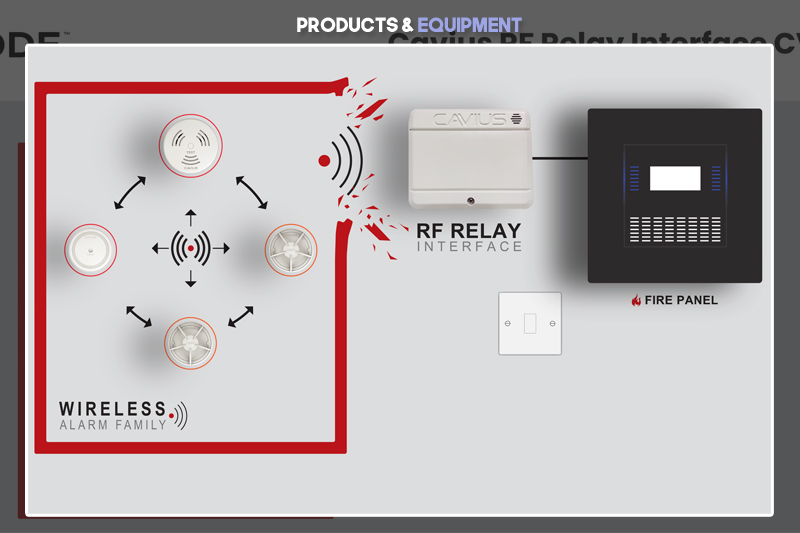As part of a focus on mental health, the EIC examines behavioural issue in the workplace.
Diversity and inclusion
Diversity and inclusion contribute to a supportive and thriving environment, whether in the workplace, or in day to day life. It is important to celebrate differences in those around us. Being inclusive ensures that everyone feels valued and has a sense of belonging. Treating others with respect and integrity promotes innovation, creativity, collaboration and leads to better outcomes, every single time.
Equality
Equality in the workplace means equal job opportunities and fairness for employees and job applicants. You must not treat people unfairly because of reasons protected by discrimination law (known as protected characteristics).
Unconscious bias
To understand unconscious bias, it is important to appreciate that it is a natural human behaviour. Humans are programmed to survive. As such, the brain continuously assesses the world around us – processing visual, behavioural and verbal signs and signals, using them to assess danger, risk and opportunity.
It can therefore be difficult to identify when we are using unconscious bias in a negative or discriminatory way, as these views are so innate. Reflecting upon what might have built up our preferences for certain people, situations and environments, helps us deconstruct them and allow room for change, difference and integration.
It is vital to do so in order to challenge accepted practices to put our fellow humans in danger of discrimination.
Instigating change
Once we have identified, challenged, and deconstructed our unconscious bias we are in a position to instigate change in our environment. Whether this be in the family home, friendship group or workplace. It is one thing to determine that change is needed but quite another to understand how to implement that change and what the changes should look like.
It is important to appreciate that change takes time and requires the input of all people involved who will be affected by this change. This means instigating a process of education and collective understanding that is likely to be frustrating at times.
Empathy, active listening and perseverance will be key to instigating change. Engaging in the emotional aspects of implementing change will enable a proper policy reflecting the needs of all people involved in the relevant situation to be written and enforced.
Harrassment and bullying
Bullying and harassment are often confused. By law (Equality Act 2010), bullying behaviour can be harassment if it relates to any of the following protected characteristics:
- Age
- Disability
- Gender reassignment
- Marriage and civil partnership
- Pregnancy and maternity
- Race
- Religion and belief
- Sex
- Sexual orientation
Neither bullying nor harassment should be accepted or tolerated in any group situation. Some people may not realise that the behaviour they are being subjected to is bullying, and likewise and bully or harasser may not understand that their behaviour is hurtful and wrong. Taking the time to implement an important policy that outlines these issues thoroughly and clearly empowers people to take note of the situation around them and take the first step towards escalating the issue.
Diversity is the range of people in your workforce. For example, this might mean people with different ages, religions, ethnicities, people with disabilities, and both men and women. It also means valuing those differences.
To avoid bullying, harassment or discrimination, you should make sure:
- Your workforce and managers understand what is protected by discrimination law
- What’s expected under discrimination law is actually happening in your workplace
- You make changes if what’s expected is not happening, for example stepping up staff training
- Your workforce and managers understand what the benefits can be of having a range of people with different backgrounds
For related articles, click here



